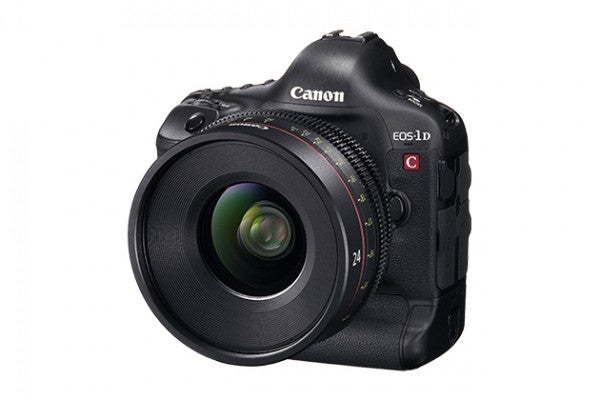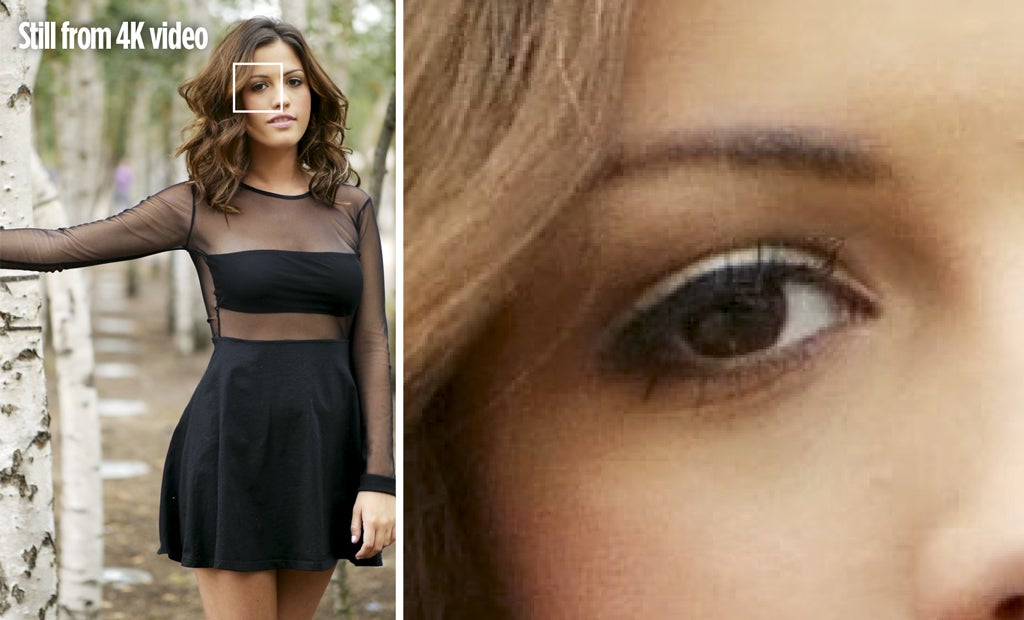Bob Newman looks at the resolution that’s possible from a still image taken with 4K video
My first digital camera was a Canon EOS 350D. At 8MP, it was capable of image quality that matched the film cameras I previously used. Now, in the next generation of cameras, that resolution will be available for video shooting.
The term ‘4K’ video refers to one of two formats. The first, known as Ultra High Definition (UHD) TV format, gives 3,840 pixels across the width of the image and 21,60 pixels of height for a total of 8,294,400 pixels. The second format is Cinema 4K, which has the same 2,160 pixel height, but is 4,096 pixels across, giving a 1.9:1 aspect ratio rather than the 1.8:1 of the TV standard. Cinema 4K gives a total of 8,847,360 pixels, or nearly 9MP.
Cameras capable of 4K stills are already appearing. If we count only those that can directly record a 4K video to their internal memory card (there are some that can output a 4K signal to an external recorder), they comprise the Panasonic Lumix DMC-GH4, G7, GX8, LX100, FZ330 and FZ1000, the Canon XC10 and EOS-1D C, the Samsung NX1 and NX500, and the Sony Alpha 7R II, Alpha 7S II, Cyber-shot DSC-RX100 IV and RX10 II. These cameras cover just about every niche of the still camera market, from zoom compact (RX100 IV) all the way to top-end professional (EOS-1D C). Thus, even today, every photographer can choose a camera that produces 4K video. In the forthcoming generation of cameras, it will be ubiquitous.
The theme for this article is the stills potential of 4K video. This is spurred by the observation that in video mode, these cameras deliver the same resolution as did my EOS 350D, and that camera was broadly the equal of film in its day.
Today’s 4K cameras are limited to 24 or 30 frames per second, which is slow in video terms, but fast as far as still frame rate goes. It’s beaten only by the Nikon 1 series cameras, which can capture very short bursts at up to 60fps.
The top-end Canon EOS-1D X can maintain 14fps in JPEG for a burst of around four seconds, while these new 4K cameras can maintain a ‘burst’ of 20 or 30 minutes, so in a sense they can outperform the top action stills camera. In truth, this ability is limited: the cameras record in a video format, so to extract stills requires software that can reconstruct a still image from a video stream, and there is no chance of capturing images in raw.
Bob Newman is currently Professor of Computer Science at the University of Wolverhampton. He has been working with the design and development of high-technology equipment for 35 years and two of his products have won innovation awards. Bob is also a camera nut and a keen amateur photographer






